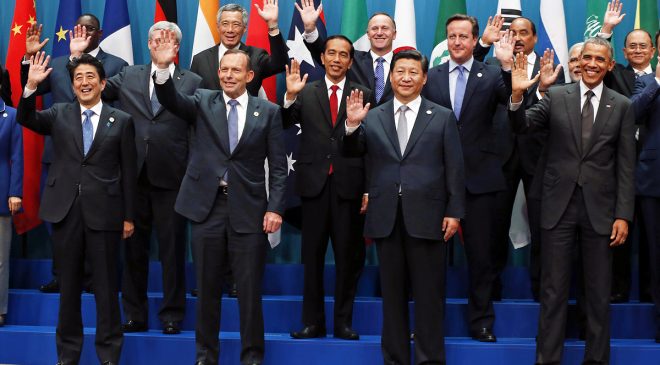At both of the grocery stores within walking distance of my house, there hasn’t been any toilet paper for days. My kids are asking why this is, and maybe yours are too. Sheltering kids from reality doesn’t do them any favors in the long run. It is both empowering and comforting to instead seize the teachable moment and replace confusion with understanding: in this case economic understanding. And you can only do that if you first acquire that understanding for yourself.
These are the ideas I try to impart when I explain to my kids what happened to all the toilet paper.
Fears of lockdowns and government stay-at-home orders to combat the COVID-19 pandemic have, understandably, led many people to buy as many essentials as possible. This hoarding tendency in the face of uncertainty is a natural human response to a difficult situation.
Higher Value of Toilet Paper
From an economic perspective, the value of toilet paper is much higher now than it was pre-pandemic. But with the price of toilet paper the same as it always was and not reflecting its increased value, there is nothing to prevent individuals from buying as much of it as possible. Indeed, that’s the rational consumer response. But if shopkeepers increased the price of toilet paper to reflect its new value, suddenly we would think twice about hoarding it and only take as much as we need. These rising prices would also signal supply chains of the increased value of toilet paper, prompting toilet paper manufacturers to boost production.
In natural disasters, like a hurricane or an earthquake or a pandemic, we often hear people decry “price gouging” and blame “greedy shopkeepers” for trying to profit off of misery. Yet, price gouging is an unfair term. If the shopkeeper raises the price of toilet paper (or hand sanitizer or bleach or eggs or any of the other items that are currently in high demand), then it incentivizes the consumer not to hoard and to buy only as much of an item as is truly needed. It’s not greedy, it’s responsive. Instead, some stores have implemented rationing, allowing only one dozen eggs per customer, for example. This can prevent hoarding, but it doesn’t signal producers to increase the supply. Rising prices do that. Without that signal, shortages remain.
The same is true of government price controls that prevent rising prices, keeping the price artificially low and not reflective of the true value of today’s high-demand products. Price controls also encourage more hoarding and less production, leading to ongoing shortages. If instead we allow pricing signals to work properly, then producers and entrepreneurs will be spurred by the higher price of toilet paper to bring more of it to market, which will ultimately shift the price of toilet paper down.
Price Gouging
Economist Antony Davies and political scientist James Harrigan, who host the popular weekly podcast Words & Numbers, wrote recently about the economics of shortages during a crisis and why “price gouging” is a misleading term. They explain:
In economic terms, shortages in the wake of the coronavirus, or a hurricane, or even seats at a Led Zeppelin reunion, are similar things. In each case, rising prices aren’t the problem. The problem is that people want more of something than what exists. Rising prices are a response to this reality—a response that incents buyers to buy judiciously, and sellers to rush more product to market.
The present toilet paper fiasco is just one of many current events worth talking to your kids about, especially now that all of us are home together with nowhere to go. To help facilitate some of these discussions, I have created a new FEE Facebook group, Learning@Home (Coronavirus 2020), with the help of the FEE team. Please join me there to discuss these ideas in a more dynamic way, and to learn strategies for introducing these concepts to your kids during this unusual time.




